Who is the iPad Pro (2021) for?
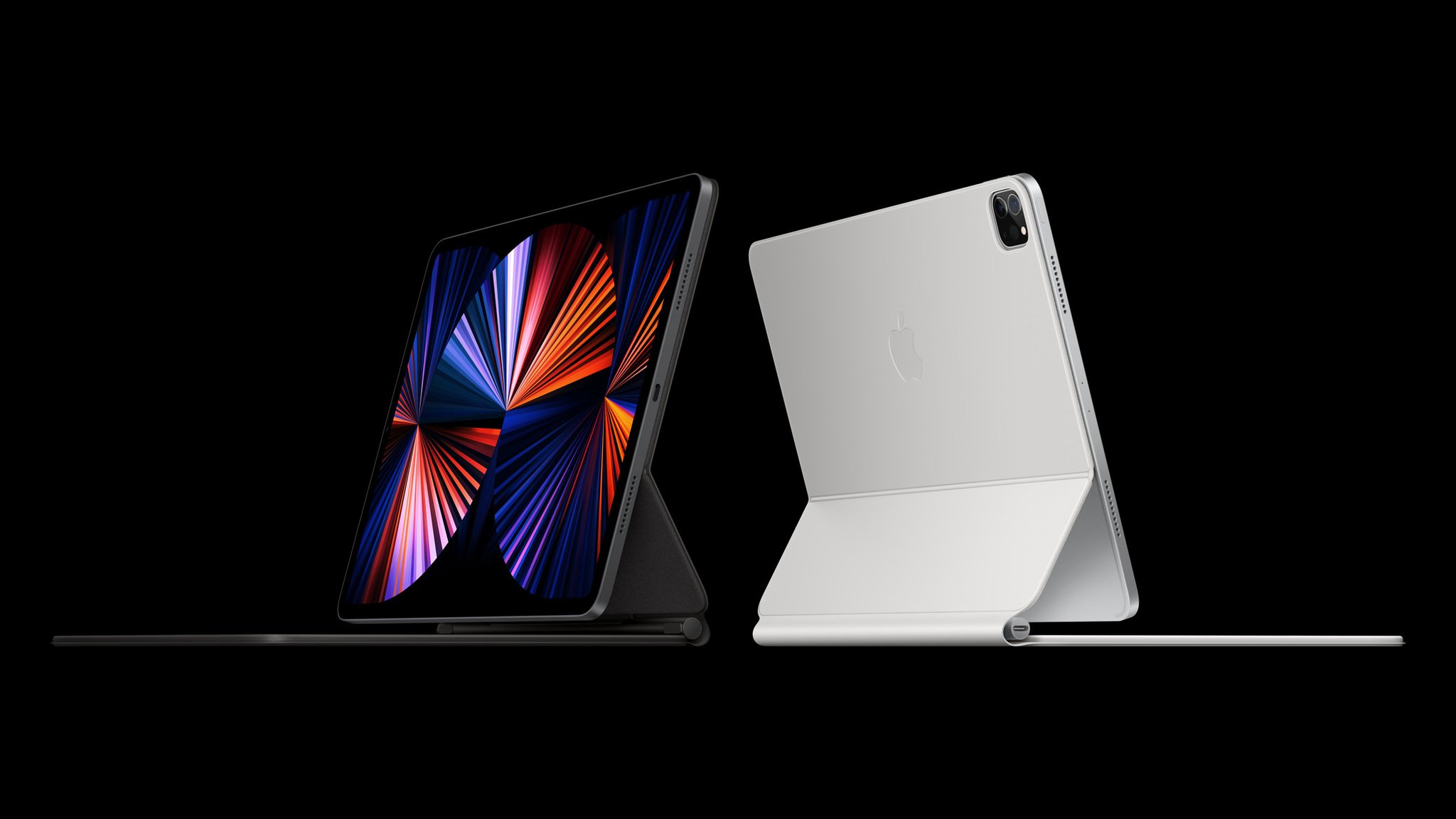
There was a little something for everyone at Apple's 'Spring loaded' event. It was only one hour long, but it was jam packed with new products, including AirTag, colorful new iMacs, and even an updated Apple TV 4K.
Another one of the big announcements was the next generation of iPad Pro (2021), which ditches the A-series chips in favor of the M1 SoC. And those who go big with the 12.9-inch iPad Pro will have the brand new Liquid Retina XDR display, which is even better for dealing with high-brightness and high-contrast HDR content.
But who is the new iPad Pro (2021) for? Let's dive in.
Those who want a replacement for a laptop
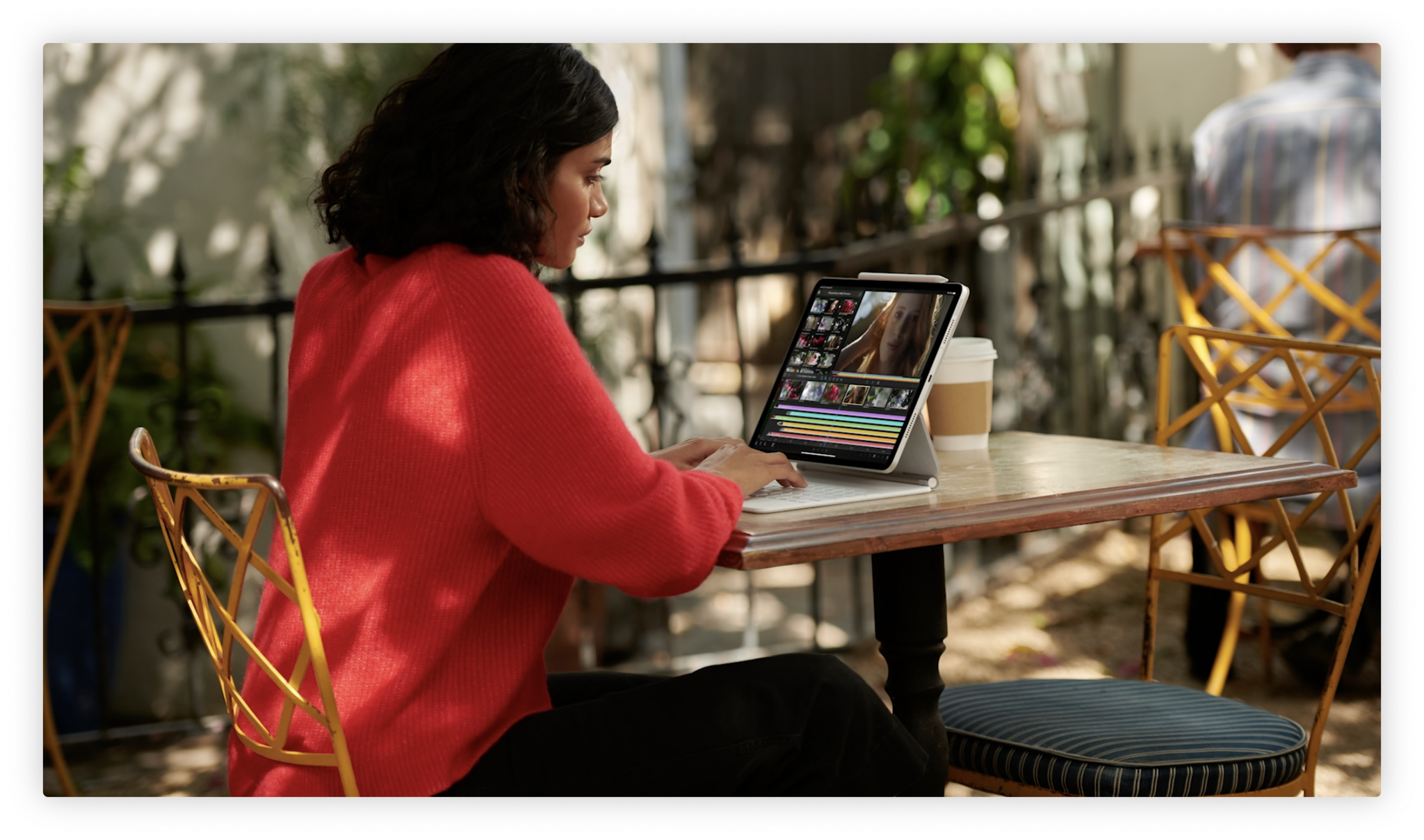
Now that the iPad Pro (2021) has the M1 chip, it is the most powerful and best iPad yet. Since it has the M1, it is on pretty much the same level as the MacBook Air, 13-inch MacBook Pro, Mac mini with M1, and the upcoming M1 iMacs.
If you are someone who does not want to purchase another computer, which would be at least $999 if you're looking at the MacBook Air, then the $799 starting price of the iPad Pro with M1 is more reasonable. For example, a maxed-out 11-inch iPad Pro with 2TB of storage and 16GB of RAM will be $1899 for the Wi-Fi-only model. The equivalent for a MacBook Air will cost $1999. Of course, you'll want something like the iPad Magic Keyboard or Smart Keyboard Folio to maximize productivity, but there are also a ton of great Bluetooth keyboards and keyboard cases for much less.
Unless you do something like programming or development, an iPad Pro can be a great replacement for a laptop, especially for students. The iPad Pro lets you access your email, take notes, manage your schedule and tasks, and pretty much anything else you could need with a huge plethora of apps to pick from in the App Store. The only real limitation is that it uses iPadOS 14, not macOS, but if you can get past that, the iPad Pro is a competent work machine. And now that it packs in the M1 chip with four performance cores and four efficiency cores, everything will be faster and snappier than ever before. The new iPad Pro also uses Thunderbolt/USB 4 for charging, displays, USB hubs, and more, so you should not have problems using your favorite peripherals.
And for those who get the 12.9-inch iPad Pro (2021), you'll have the absolutely stunning new Liquid Retina XDR display. While this would be best suited for those who need an iPad Pro for graphical work or photo and video editing (which I'll get to shortly), this improved display means your videos should be even more brilliant in terms of color.
Master your iPhone in minutes
iMore offers spot-on advice and guidance from our team of experts, with decades of Apple device experience to lean on. Learn more with iMore!
Those who need to do a lot of photo and video editing
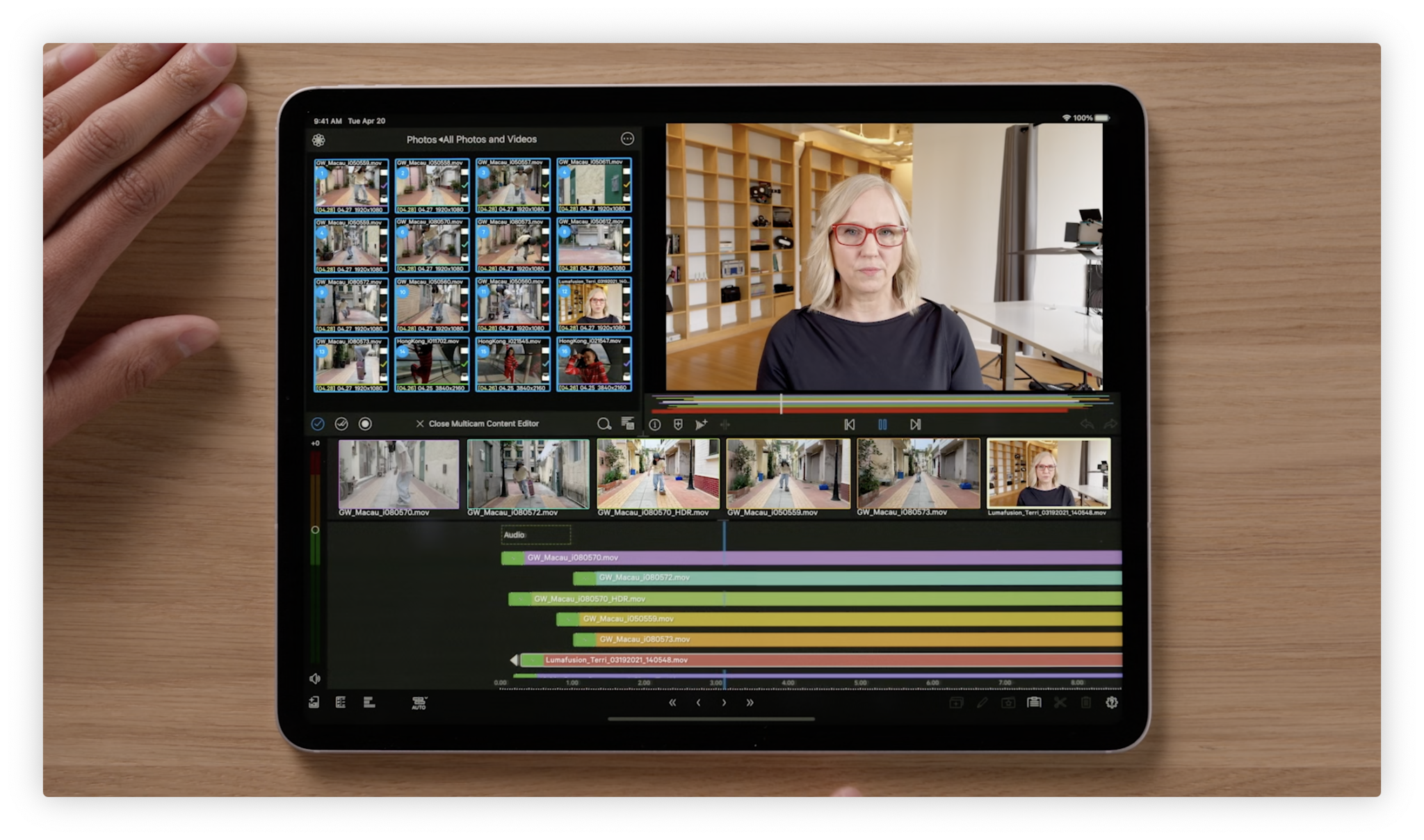
This applies more to the 12.9-inch model, but those who do many serious photos and video editing should consider the 12.9-inch iPad Pro (2021). The Liquid Retina XDR display has 2500 dimming zones and peak brightness of 1600 nits to help make HDR content look the very best. It was also built to deliver extreme brightness, deep blacks, and other subtle details that you wouldn't see with the regular Liquid Retina display on the 11-inch iPad Pro.
And when you combine this display with the M1 chip, you should be able to seamlessly edit and render videos in seconds. Plus, with the new Thunderbolt/USB 4 port, you can plug in the best digital camera or your microSD card into a hub for fast data transfer. The 128GB/256GB/512GB models have 8GB of RAM, and the 1TB/2TB models have 16GB of RAM — this is the first time the iPad Pro has gone past 6GB of RAM. So yes, your heavy photo and video editing should render in a blink of an eye.
Those who deal with graphic design or digital art
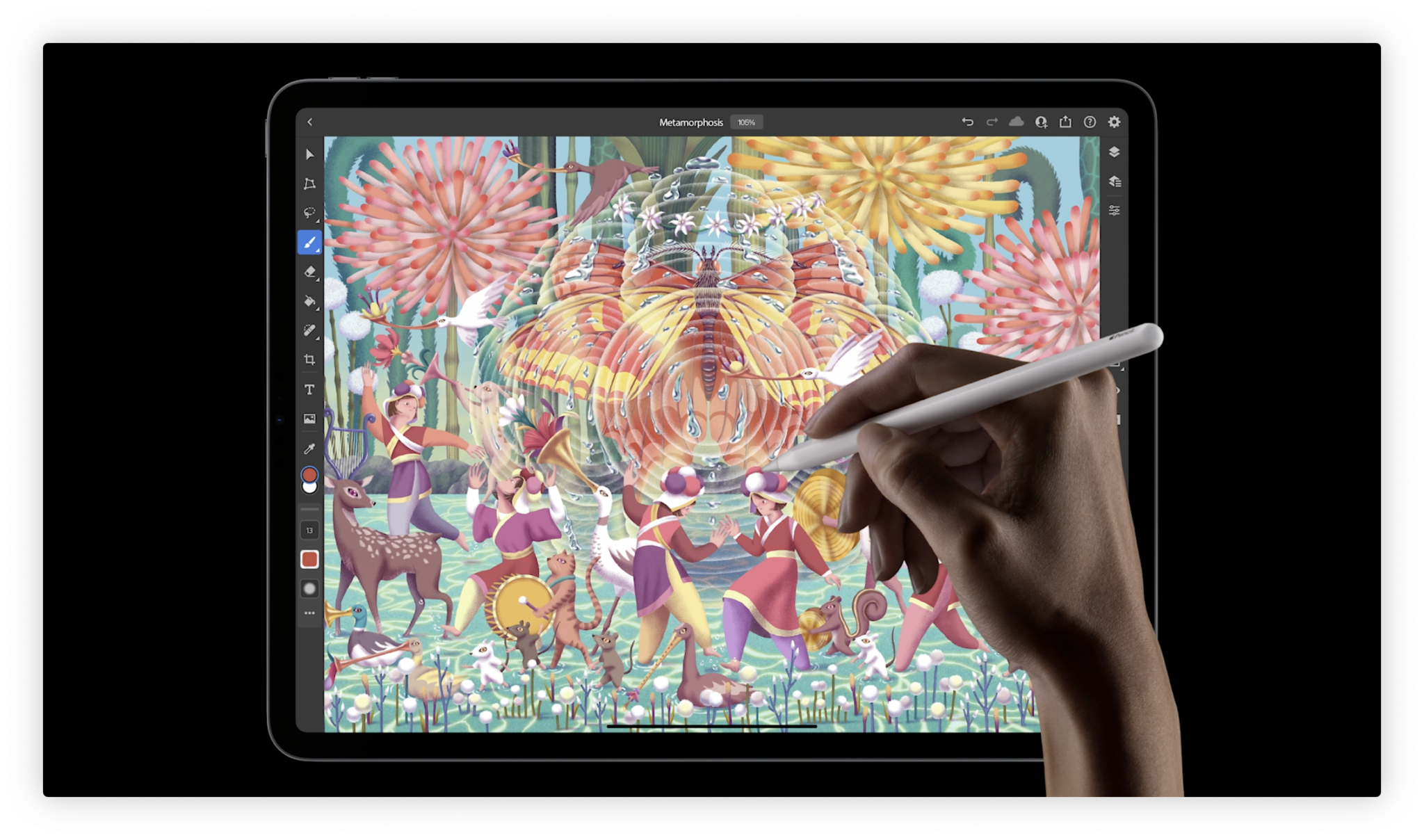
We named the 12.9-inch iPad Pro as the best iPad for artists, and that continues with the 2021 model, especially since it has the new Liquid Retina XDR display.
Like those who need to edit photos and videos, those who create digital art and dabble in graphic design will need a display that can show the best colors possible. The Liquid Retina XDR display on the 12.9-inch iPad is the best iPad for the job, and you also get the most screen space to work with. That means the biggest canvas with the best drawing apps for iPad and Apple Pencil, so you can let that unlimited creativity flow.
Now that the iPad Pro has the blazingly powerful M1 chip working with graphic design and digital art has never been so smooth on an iPad. Not only do you get the four performance cores and four efficiency cores, but you also get an 8-core GPU. This should be plenty of power to handle any graphics-intensive work you need to do on the iPad Pro.
Those who want to create audio content
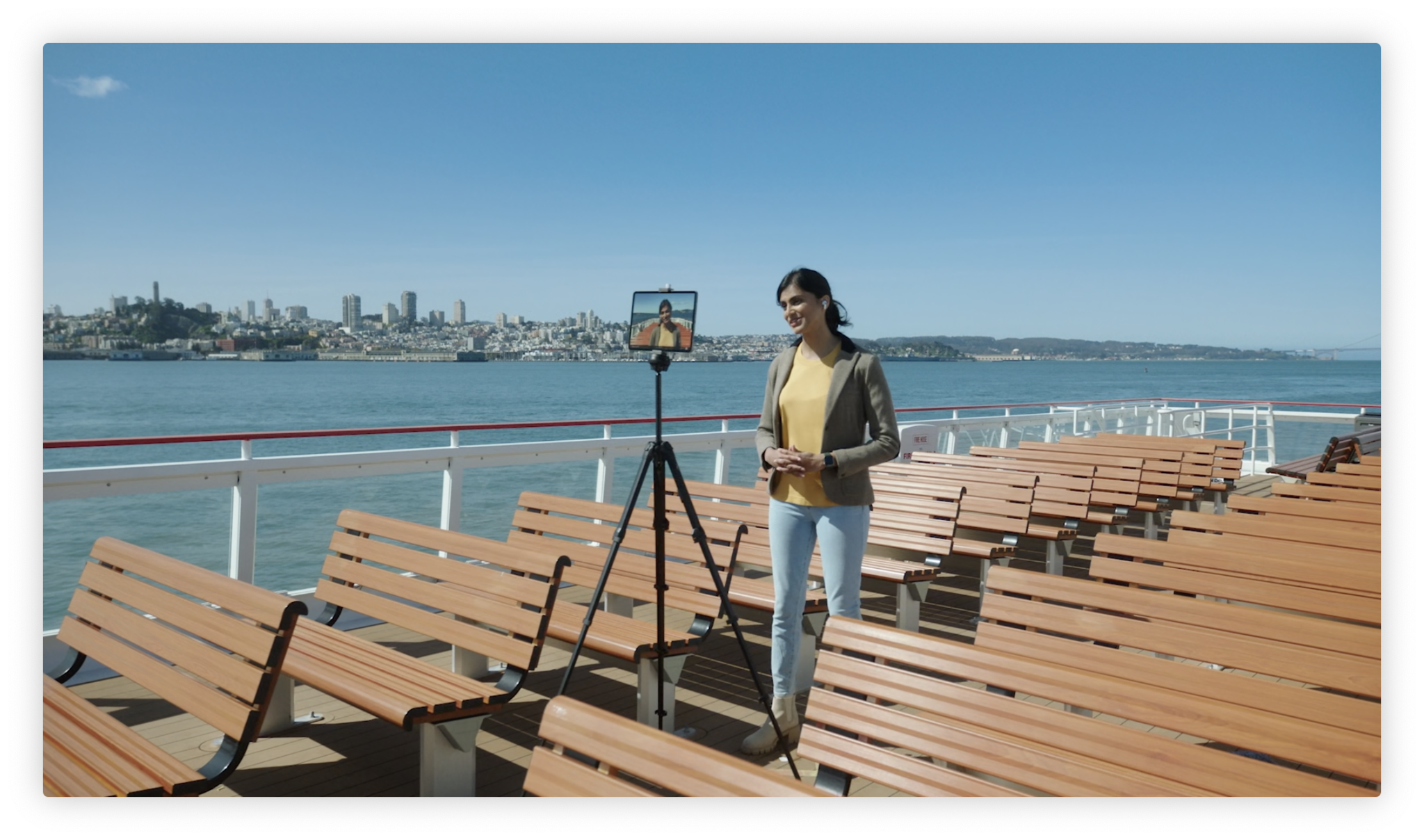
One of the best things about the iPad is that it uses a touch screen, which you don't have on Macs yet. With a touch screen, it's much easier and more intuitive for things like music creation, and the new iPad Pro (2021) is a great fit for any musician.
The power of the M1 chip means you'll be able to create music through various apps, like GarageBand, faster and smoother than before. There will be no latency between what you tap and what you hear. The bigger 12.9-inch iPad Pro would offer more space to play with, but the 11-inch should also suffice. Those who work with other audio content, such as creating podcasts, should be able to use the iPad Pro with their existing peripherals thanks to the Thunderbolt/USB 4 port, and editing audio is easy with the touch screen interface.
Are you getting an iPad Pro (2021)?
The new iPad Pro (2021) is certainly the most powerful iPad that Apple has released to date. Now that it packs in the M1 SoC and moves away from the former A-series chips, it's the iPad for professionals.
Are you getting an iPad Pro (2021)? What are you planning to use it for? Let us know in the comments!
Christine Romero-Chan was formerly a Senior Editor for iMore. She has been writing about technology, specifically Apple, for over a decade at a variety of websites. She is currently part of the Digital Trends team, and has been using Apple’s smartphone since the original iPhone back in 2007. While her main speciality is the iPhone, she also covers Apple Watch, iPad, and Mac when needed. When she isn’t writing about Apple, Christine can often be found at Disneyland in Anaheim, California, as she is a passholder and obsessed with all things Disney, especially Star Wars. Christine also enjoys coffee, food, photography, mechanical keyboards, and spending as much time with her new daughter as possible.

